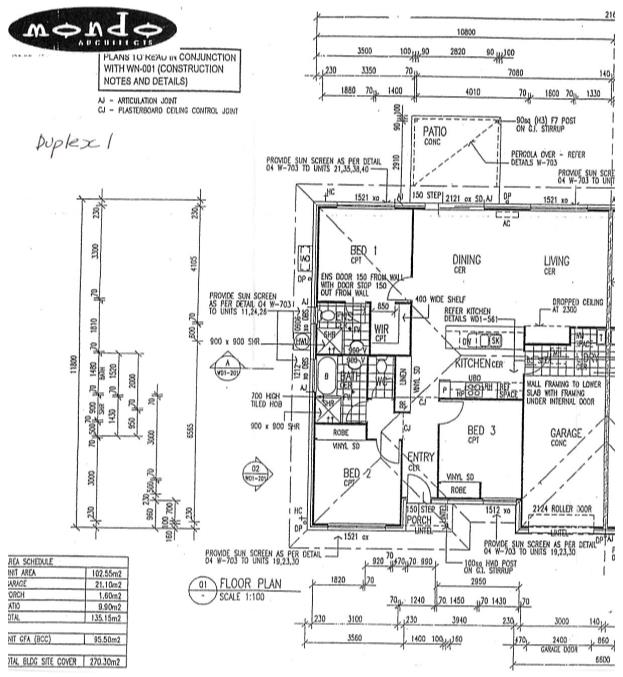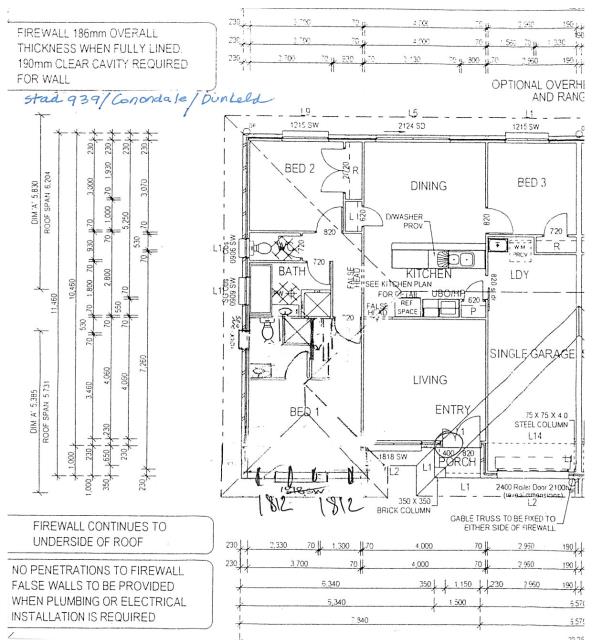Tamawood v Habitare: A Recent Australian Decision on Copyright Infringement in Building Designs
Early last week, the Full Court of the Federal Court of Australia (Full Court) delivered its judgment in the case of Tamawood v Habitare Developments, a copyright infringement case in respect of project home designs.
Habitare Developments had engaged designer/builder Tamawood to create designs for project homes for a new development. However, due to a falling out between the parties, Habitare Developments ultimately engaged architects Mondo to create the final plans for the development and engaged another builder to construct the houses. Tamawood commenced proceedings against all parties for copyright infringement. The respondents denied that Tamawood’s designs had been used as a starting point and that copyright had been infringed.
Interestingly, the Full Court found that Habitare Developments and Mondo had infringed Tamawood’s copyright in its Dunkeld design by producing a design (referred to as the Mondo Duplex 1) which had a very similar ‘footprint’ yet had a number of differences to the Dunkeld. The differences between the designs were such that the trial judge found the houses were “significantly different dwellings” and that the Mondo Duplex 1 did not infringe Tamawood’s copyright in the Dunkeld.
Reproductions of the Dunkeld and Mondo Duplex 1 can be viewed below.
Mondo’s Duplex 1

Stad 939 Conondale/Dunkeld

The Full Court found that the designs were very similar and that this supported an inference that the Mondo Duplex 1 had been created by referring to the Tamawood design. The Full Court found that the internal and external differences between the designs were the result of the location of several rooms within the designs being switched, which also resulted in other minor changes. Namely, the position of bedroom one was swapped with that of bedroom two, and the position of bedroom three was swapped with the living/entry space. The latter difference, in particular, resulted in quite discernible differences between the two designs. Nonetheless, the Full Court (overturning the trial judge’s finding) found that a substantial part of Tamawood’s Dunkeld design had been reproduced to create the Mondo Duplex 1, and Tamawood’s copyright had been infringed.
The Full Court noted that:
“[I]n the mind’s eye, to picture the Dunkeld plan, swap over bedrooms 1 and 2 and make a minor adjustment to the bathroom arrangements between those bedrooms, put bedroom 3 to the front of the building in the entry/dining area, and the picture that results is the Mondo Duplex 1. The fundamental relationship between the internal spaces and the exterior of the building is substantially, indeed overwhelmingly, the same.”
The Full Court found that the Dunkeld plans could “be seen embedded in the Mondo Duplex 1 plans…Its essential features and substance have been copied”, which was enough to support the finding of copyright infringement.
This decision serves as a warning to operators in the building design industry. Even where changes are made to a design that some, like the trial judge, would view as resulting in “significantly different dwellings”, copyright infringement can still occur. Therefore, the safe course is not to reference another builder's or designer’s work when coming up with new designs.
This publication/newsletter is for informational purposes and does not contain or convey legal advice. The information herein should not be used or relied upon in regard to any particular facts or circumstances without first consulting a lawyer. Any views expressed herein are those of the author(s) and not necessarily those of the law firm's clients.





